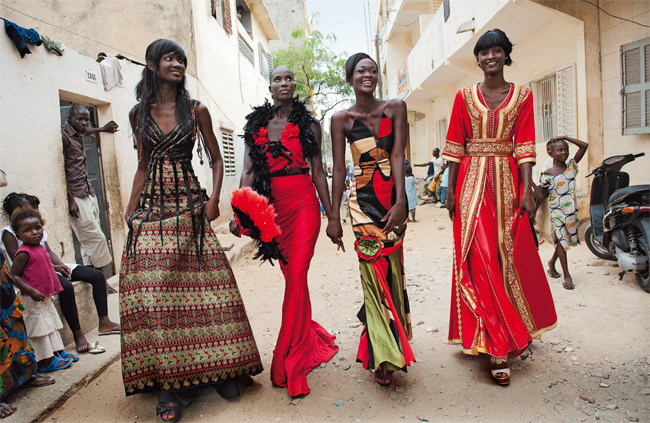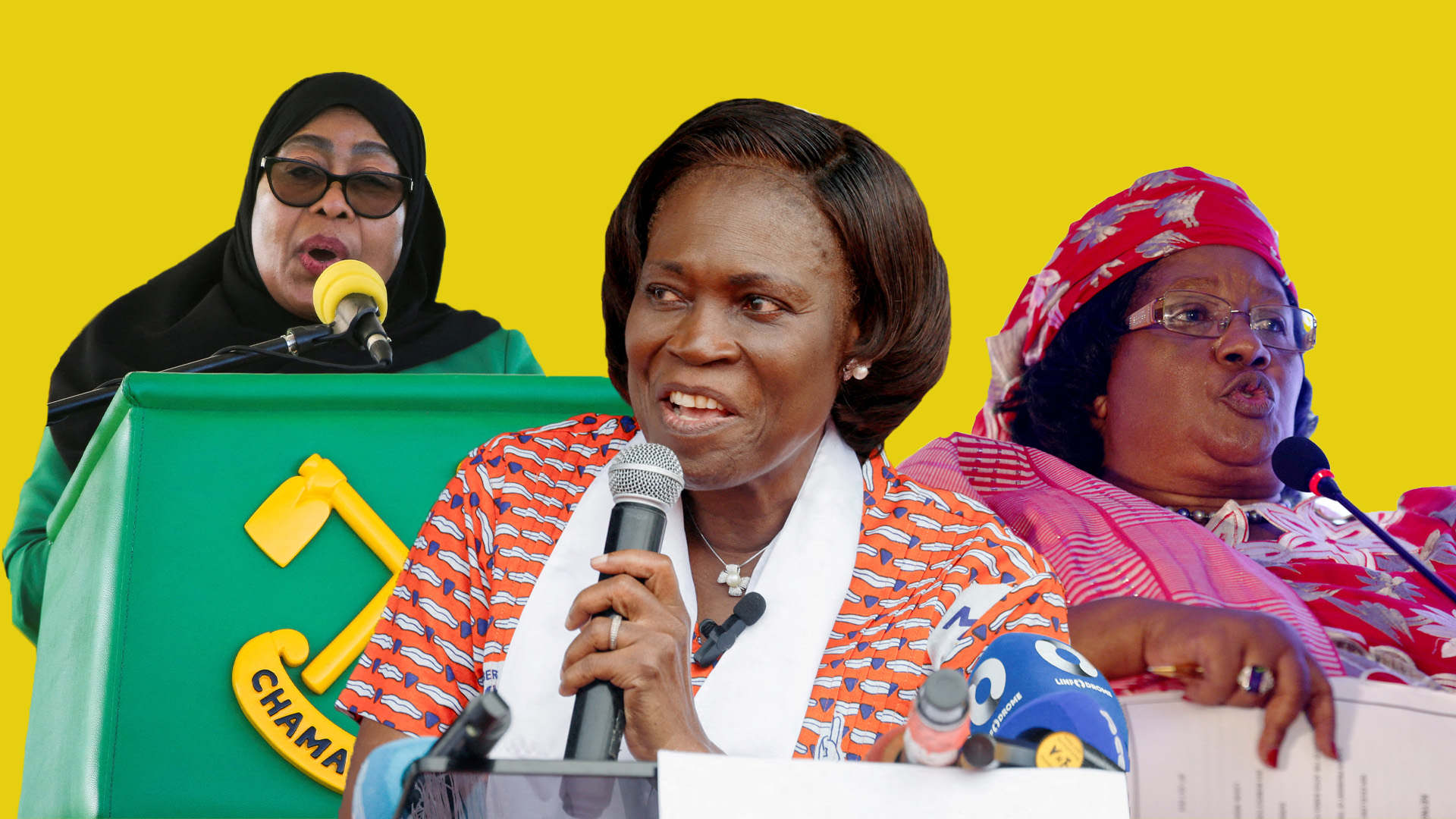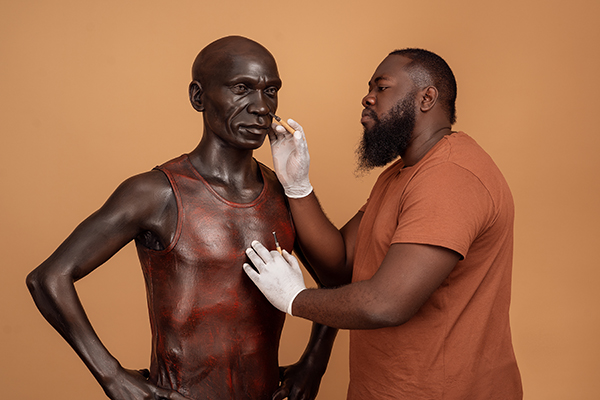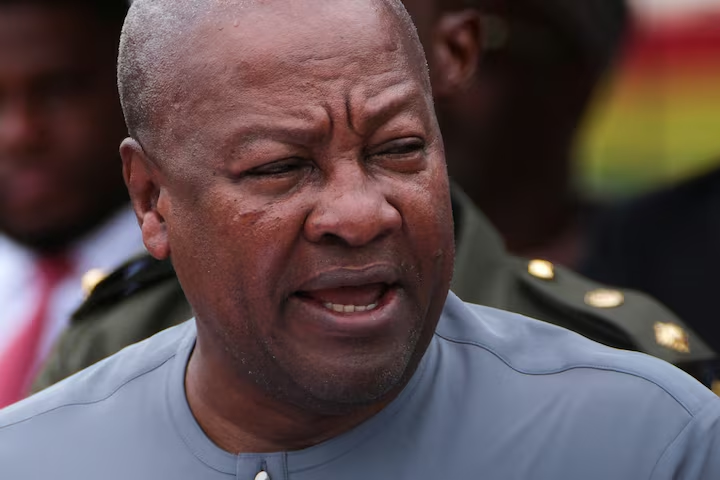
African designers call for greater investment in fashion

Armed with a masters degree in economics and distinct style, Senegalese designer, Lahad Gueye, believes he should be a fashion powerhouse. But he says like his African peers, he struggles to navigate an industry that lives in the shadows of sectors like mining and commodities.
“…the problem is that fashion is not organized in Africa. It needs to be said. We have to say things as they are. We really have imagination, we really know how to create, we have the talent and everything but we need the organisation and I think talent without organisation, at my level, it can’t get you very far,” said Lahad Gueye, Senegalese Fashion Designer.
Founder of Dakar Fashion Week and designer, Adama Ndiaye, says designers can’t compete internationally when it’s already extremely hard to make it at home.
“You don’t want to take un-calculated risks in business. You need the base, you need the frame and in this industry we are the ones making the base and the frame and even the pyramid on top and it turns into a bit of a circus and that is why we need to ‘look up’ to countries in south Africa and in the east who have an established structure, and people like me can graft themselves onto the structure and add value,” said Adama Ndiaye, Senegalese fashion designer.
Economist, Emanuela Gregorio, says there are countries in east and southern Africa that are starting to get it right. A great example is Ethiopia, where the textile and apparel sector has grown by an average 51 percent in last 5 to 6 years.
“These are great examples because they demonstrate that both public and private sector are coming together because they see a great potential of the sector when it comes to textile fashion designers. They use creativity as their unique selling point. But creativity is not enough. You need to develop the business skills of the target group. We need to capitalize on this,” said Emanuela Gregorio, Economist, author opf Fashionomics Report.
But, the Africa development bank’s Fashionomics report says Africa currently accounts for just 1.9 of global manufacturing. There are also very few industrial spaces for fashion designers to enter into mass production.
“Targeting SMEs is the way to go because SMEs are the ones that are occupying and they are the main actors of the value chain of the textile in apparel. Why? Because this is a growing industry that is picking up but needs additional investments to develop local private sector, they are the SMEs, and SMEs are fundamental agents of job creation. They are the ones that are stimulating 80 percent of employment on the continent and that’s the way to go: focusing on developing the skills of these industries and help them to grow their business, to be able to serve locally, regionally, and also reach global value chains,” said Emanuela Gregorio, Economist, author opf Fashionomics Report.
The African Development Bank says fashion and other creative industries, if properly financed and exploited can create jobs for over 13 million Africans joining the labour market every year. That in turn can help accelerate economic growth, industrialization and enhance trade on the continent.






